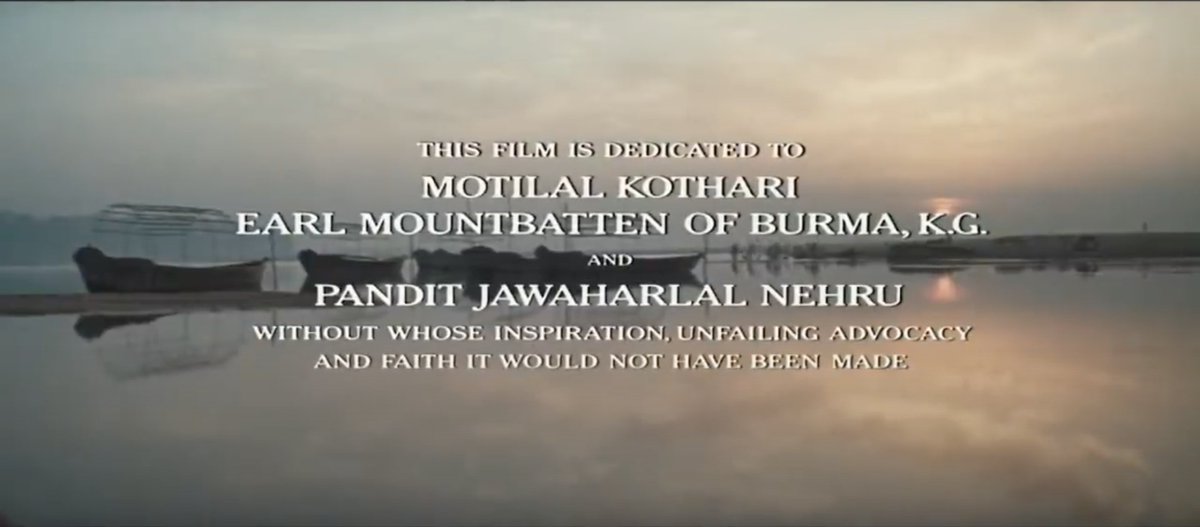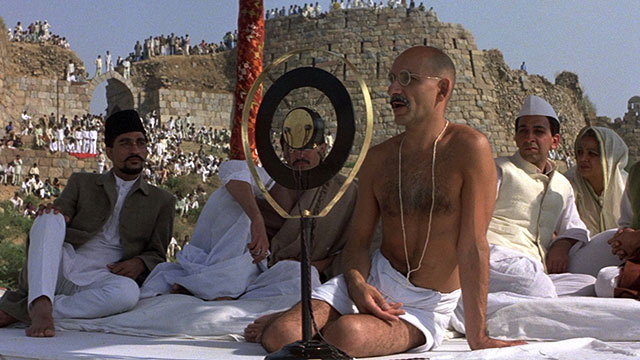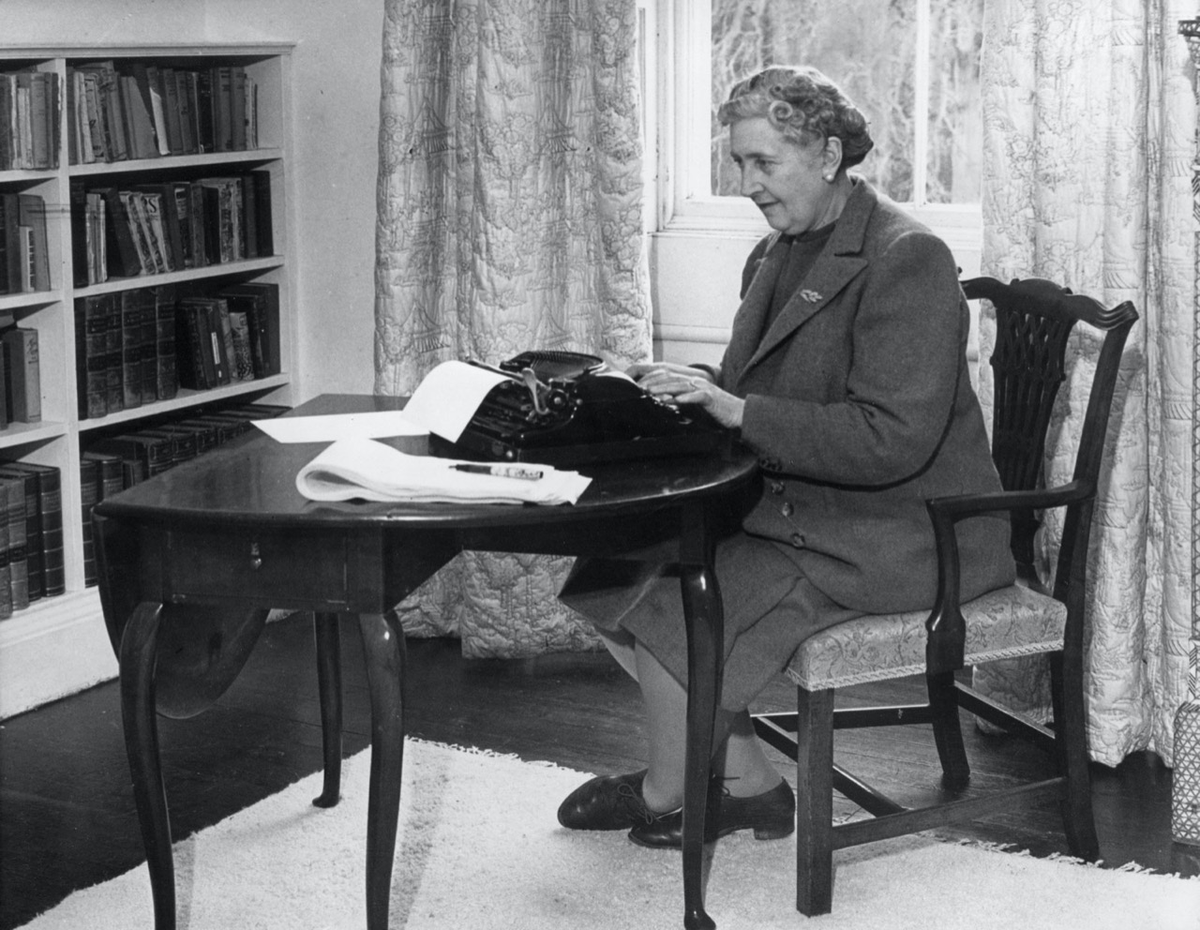On this day in 1959, India's public broadcaster @DDNational, had its humble beginnings.
Initially starting with a small transmitter and a makeshift studio, it now operates across the length and breadth of the country.
Did you know it was a part of @AkashvaniAIR till 1976?
Initially starting with a small transmitter and a makeshift studio, it now operates across the length and breadth of the country.
Did you know it was a part of @AkashvaniAIR till 1976?
The iconic logo of Doordarshan was done by Devashis Bhattacharyya, a student of the National Institute of Design, who began with the human eye and drew two curves around it. A few years back, @prasarbharati invited designs for a new logo and announced five winners.
Credit: HT
Credit: HT

Pandit Ravi Shankar composed the Doordarshan tune, along with Ali Ahmed Hussain Khan.
Panditji also made the theme of 1982 Asiad, when DD started airing in colour.
In ZNMD, where 3 friends go on a trip to Spain, in a bout of nostalgia one evening, @iHrithik imitates the tune.
Panditji also made the theme of 1982 Asiad, when DD started airing in colour.
In ZNMD, where 3 friends go on a trip to Spain, in a bout of nostalgia one evening, @iHrithik imitates the tune.
On 26th January, 1967, as India was celebrating another Republic Day, a new programme called 'Krishi Darshan' started airing.
What was originally aimed at disseminating agricultural information to our farmers turned out to be the country's longest running television series.
What was originally aimed at disseminating agricultural information to our farmers turned out to be the country's longest running television series.

The mid 80s saw a paradigm shift with Doordarshan's growing popularity, starting from India's first soap opera Hum Log narrated by Ashok Kumar to the iconic Liril ad featuring Karen Lunel to Quiz Time by @babubasu and even @iamsrk's outing in Fauji that made him a household name. 

The 80s also saw the likes of Malgudi Days, Karamchand, Nukkad achieving cult status.
Shyam Benegal directed Bharat Ek Khoj and Yatra. Govind Nihalani made Tamas.
Ramanand Sagar's Ramayan and B.R. Chopra's Mahabharat raked in the highest viewership for Indian tv at that time.
Shyam Benegal directed Bharat Ek Khoj and Yatra. Govind Nihalani made Tamas.
Ramanand Sagar's Ramayan and B.R. Chopra's Mahabharat raked in the highest viewership for Indian tv at that time.

In the 90s, Basu Chatterjee directed Byomkesh Bakshi starring Rajit Kapur.
Chandrakanta aired in 1994. The next year, Ekta Kapoor's Hum Paanch saw @vidya_balan as a spectacled young girl.
In 1997, Mukesh Khanna, who played Bhishma, turned to a superhero in Shaktimaan.
Chandrakanta aired in 1994. The next year, Ekta Kapoor's Hum Paanch saw @vidya_balan as a spectacled young girl.
In 1997, Mukesh Khanna, who played Bhishma, turned to a superhero in Shaktimaan.

DD has captured popular imagination in all these years thanks to its diverse content.
Many iconic directors and actors had successful stint with DD. It also conducted superb interviews starting from Yuri Gagarin to Marlon Brando.
Happy 61st, Doordarshan!
#IndiaGyanKaBhandar
Many iconic directors and actors had successful stint with DD. It also conducted superb interviews starting from Yuri Gagarin to Marlon Brando.
Happy 61st, Doordarshan!
#IndiaGyanKaBhandar

• • •
Missing some Tweet in this thread? You can try to
force a refresh
















